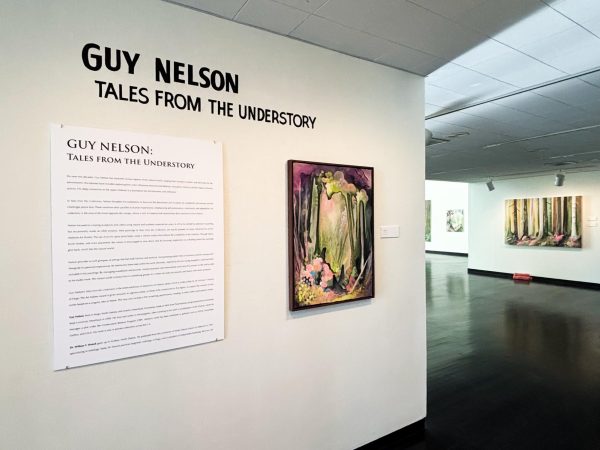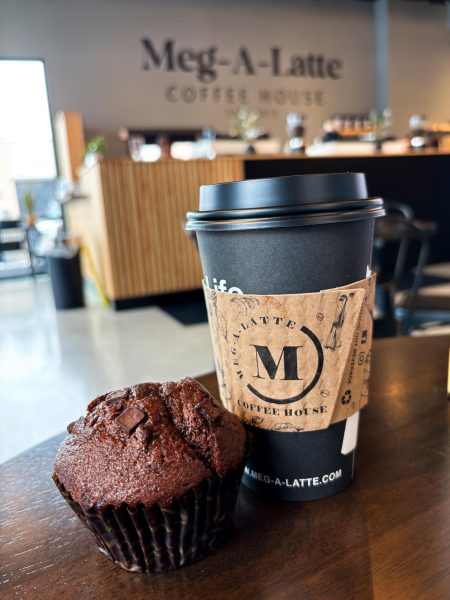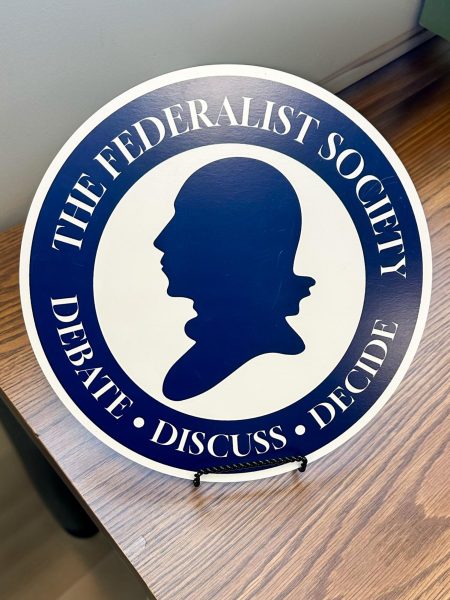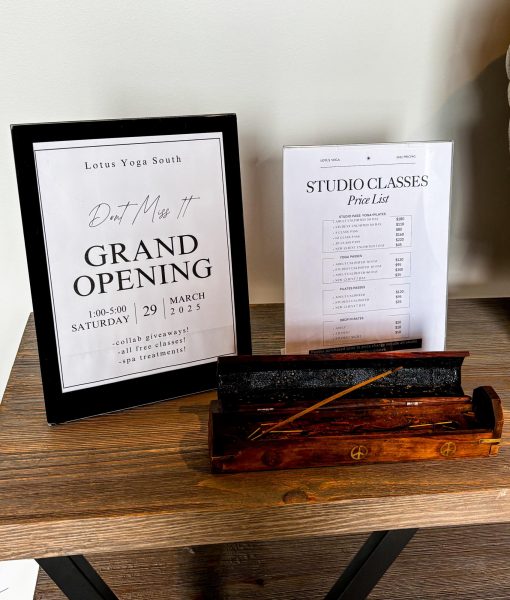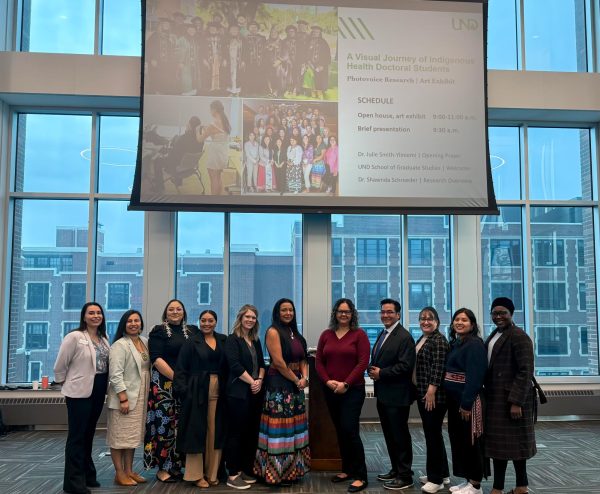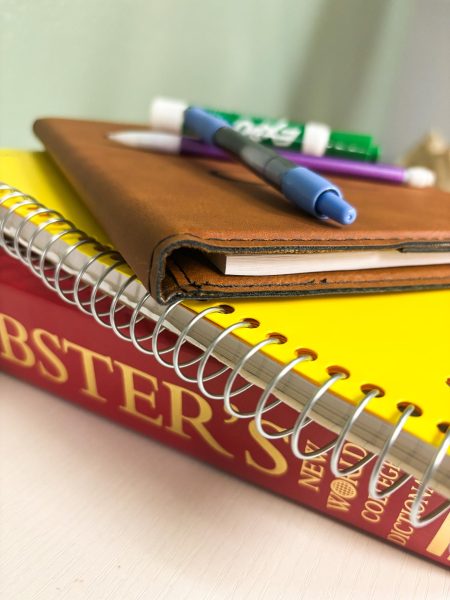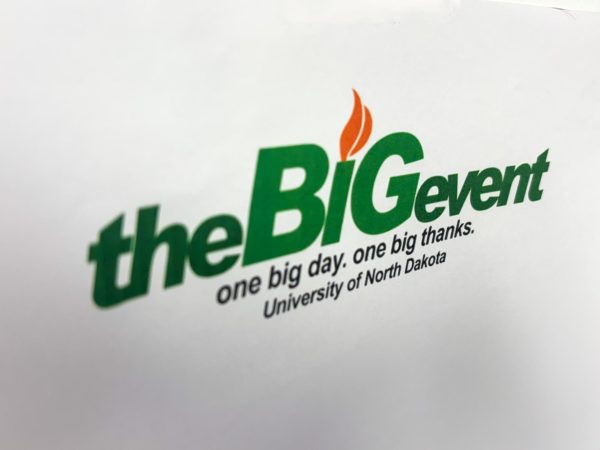Model UN held on campus
Brittney Christy holds up a press release from the Model UN. Photo by Nicholas Nelson/The Dakota Student.
The Ina Mae Rude Entrepreneur Center held a model United Nations conference on Friday. Its focus was on the revolution in the Ukraine in February 2014.
A Model UN is an educational simulation and academic competition in which students learn about diplomacy, international relations and the UN. Students from UND, NDSU and the University of Manitoba took part in this event.
The students, referred to as delegates, are placed in committees and assigned countries, or occasionally other organizations or political figures to represent. They are presented with their assignments in advance along with the topic or topics their committee will discuss. Delegates conduct research before conferences and formulate the positions they will then debate with fellow delegates in committee.
“This is the first time UND has done anything regarding a Model UN conference, it’s a trial run for us,” said Brian Urlacher, associate political science professor and coordinator for the Model UN conference. “Students in Chicago have done similar Model UN conferences and have had over 3,000 attendants. It is a great way to bring people together from different schools and to see what they have to contribute to the conference.”
Three teams, named after three hotels in Kiev, were tasked to make resolutions and decisions based on what group they represented to make amends with Ukraine to alter the ramifications of the Ukrainian revolution. The groups the students represented were NATO, the European Union, Russia, protesters and Crimean leaders.
The groups worked together to submit resolutions to each other to illustrate international good will, so that every country could work together in harmony and develop a solution. Their resolutions were then sent to the crisis committee, which reviewed the resolution, determined if it was feasible and if they are temporally relevant to the situation and accept it.
During this parliamentary process, the crisis committee would give the individual groups different twists to possibly alter the outcome. So the groups would have to come up with alternate strategies to overcome these obstacles.
“The conference proved that in most cases people can come together and hash out a solution that most people can sign onto,” said Jacob Thrailkill, a senior at UND and acting as a delegate for the Supreme Court of Crimea. “We found it to be a great battle of wits with convincing one another on why our resolutions should prevail. Our conference went off with out a hitch and we are looking forward to hosting more events and travelling to events others are hosting. Model UN cultivates skills that are essential to becoming successful in a leadership capacity.”
There are four possible outcomes to each simulation in regards to every group’s parliamentary process.
A deadlock is reached when no significant agreement had been made. This outcome does not mean no steps have been made, it just means every resolution to solve the crisis was made unilaterally, rather than as a part of a larger agreement.
A negotiated agreement is made when two or more teams reach an agreement that is aimed at resolving at least some part of the crisis.
A committee recommendation is when the committee may pass a solution recommendation or endorsing a solution for some part or all of the crisis.
Lastly, an endorsed negotiated agreement is like a negotiated agreement, but is endorsed from the larger committee through a resolution of support. This is the most robust form of outcome in that the relevant parties support an outcome as well as the larger committee.
Students at the conference agreed that Model UN conferences are a great way to collaborate ideas from people of different backgrounds to solve a problem and to learn more about the parliamentary process.
Colin Johnson is a staff writer for The Dakota Student. He can be reached at colin.m.johnson@my.und.edu.



